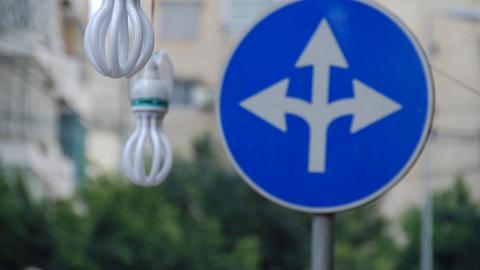Creation Care at Meadowlands Fellowship CRC (Ancaster, ON)

This post was written by Henry Brouwer as part of the CRC's Congregational Energy Stewardship Pilot Project. Be on the lookout for more posts like it in the coming weeks and months in the Creation Matters forum.
In 2004, our congregation, which had been meeting in the cafeteria of the local Christian high school, embarked on a building program to acquire our own facilities. In addition to the usual building committee, council also appointed a Creation Stewardship Committee, of which I served as chairperson, tasked with minimizing our impact on the creation. Since heating, cooling and lighting use the most energy, we researched various systems for increasing energy efficiency. This led us to recommend a geothermal system. Even though the additional cost would be at least $60,000 more than a conventional rooftop heating and cooling system, our congregation voted 100% in favour of this more advanced system. By so doing, we became the first church in Ontario to be solely heated and cooled by using 12 geothermal heat pumps linked to about 7 km of ¾ inch pipe under our parking lot. As a bonus, we received a grant of $54,000 from the federal government's Commercial Buildings Initiative for energy efficiency (these grants are no longer available) after completion of the building.
A number of other features were also incorporated into the building:
Since 2005 when we first occupied the building, we have made further improvements:
It is difficult to assess the energy savings achieved with the features that we have adopted for our building. Our electricity and water cost per square foot (we have no gas!) is approximately one dollar compared to the cost for commercial buildings of two and three dollars. Our building is used every day, as we have several long-term tenants that rent our facilities.
We have had quite a few church groups visiting our building to view and discuss the geothermal option. For many architects and contractors, this is an unfamiliar system and they are therefore unlikely to recommend it. If your church is considering a renovation or new building, it is extremely important to hire professionals familiar with the latest technologies in building design.
Connect to The Network and add your own question, blog, resource, or job.
Add Your Post
Comments
You are to be commended for using the latest technology for your energy needs. Much of this technology is also presently being evaluated for use in large livestock barns and working shops on farms. I also had heard that the LED lights from China were almost one third the cost, and seemed to be as good. They needed to be direct ordered; I believe PayPal works for that.
That's fascinating that the agriculture sector is looking into more energy efficient methods as well. Thanks for the info!
Let's Discuss
We love your comments! Thank you for helping us uphold the Community Guidelines to make this an encouraging and respectful community for everyone.